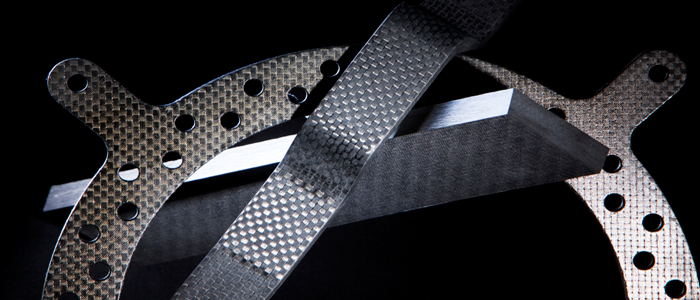Of thermal conductivity of e glass and carbon fiber composites with vinyl ester.
Thermal conductivity of carbon fiber laminates.
The high thermal conductivity carbon fiber properties are shown in table 1.
Results showed that e glass vinyl ester samples exhibited in plane and through the thickness thermal conductivity of 0 35 0 05 w m k.
On the one hand these carbonaceous fillers possess high thermal conductivity which act as functional component to enhance the thermal conductivity of composite laminate.
On the other hand these fillers may bridge continuous carbon fiber reinforcements to transfer heat more effectively or directly form continuous through thickness conductive network.
Thermal conductivity of carbon vinyl ester composite is almost twice the conductivity in transverse and four times greater than.
Pilling et al reported measurements of thermal conductivity between 80 and 270 k of epoxy resin specimens reinforced with carbon fibers.
In plane thermal conductivity of hogf t700 epoxy composite laminates increases to 50 7 w m k and enhances 14 1 times than that of t700 epoxy composite laminates.
Although the incorporation of the interleaf fleece in laminates almost doubled their fracture toughness it deteriorated the electrical conductivity in z direction strongly from 10 1 s m to 10 4 s m.
Although the mesophase pitch based carbon fiber k 1100 from amoco performance products exhibited longitudinal thermal conductivity of 1100 w m k these fibers are very expensive and may not be used heavily in the field of thermal dissipation.
They measured both the in plane and out of plane thermal conductivity.
The high in plane thermal conductivity promotes heat spreading but low out of plane thermal conductivity hinders heat removal.

